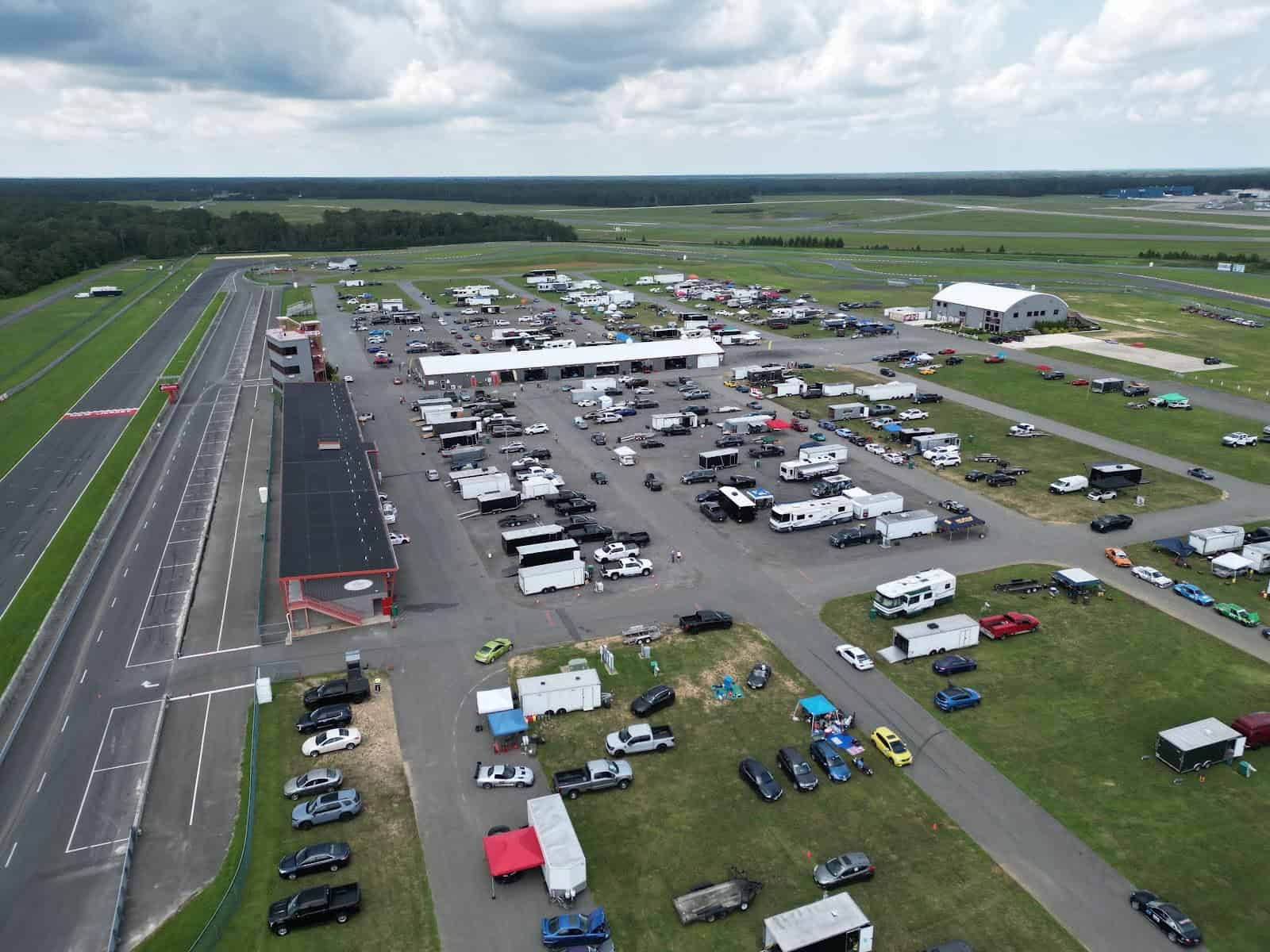Alluring Reads
Joan Didion’s prose engenders interest in topics about which you might never otherwise read.
With writer Joan Didion’s passing on December 23, there’s now a void in literature and journalism that seems unlikely to ever be filled in the same way. Didion’s fiction and nonfiction were written in an inimitable style derived as much from her influences as from her personality and keen eye for connecting the dots between the seemingly disconnected and arriving at a more perceptive appraisal of history and life.
As a reporter, Didion’s beat, to use the journalistic vernacular of old, was the second half of 20th century America. Unlike many of her contemporaries, however, her explorations into the cracks and crevices that defined this country were always contextualized with the past and formed a roadmap to explain just how we got here.
Her debut novel, Run River, is set in the present only in its first section, preferring to dwell in the past and the events that lead to the book’s opening. Her second novel, Play It as It Lays, is a portraiture in flashback whose negative space is the most revealing ingredient. By the time of what is probably her fictional masterpiece, 1984’s Democracy, she was still examining how the past impinges on the present, but this time her mastery of the form allowed her to playfully execute time shifts and include herself as author in the plot.
Each of these novels preserves a piece of history, from the mid-20th century look of small California towns seen from a Greyhound bus and the Hollywood world of the late 1960s to the politics that fueled the Vietnam War era and class privilege.
Her notes for an aborted article in the 1970s about the American South, recently published as South and West, read like a history lesson about the Southern culture a half-century ago. As she explained in 2006, “I had a theory that if I could understand the South, I would understand something about California, because a lot of the California settlers came from the Border South.”
Most of her obituaries last year remind us that she was part of the New Journalism movement of the late-1960s-early 1970s in which writers like Tom Wolfe and Hunter S. Thompson incorporated themselves into their articles. Didion did as well, best evidenced in her two collections about the 1960s and 1970s, Slouching Towards Bethlehem and The White Album.
But, unlike Wolfe’s stylized chic and Thompson’s gonzo journalism, Didion’s prose is alluring. It treats the reader like an old friend. It engenders interest in topics about which you might never otherwise read. In her hands, all can be fascinating, from the workings of a California transportation monitoring system to a Gamblers Anonymous meeting and everything in between.
She continually acknowledged Ernest Hemingway’s influence on her writing, telling the Paris Review in 2006 that she had wanted to learn the kind of sentences Hemingway wrote. “I could see how they worked when I started typing them out. That was when I was about fifteen. I would just type those stories. It’s a great way to get rhythm into your head.”
In 1978, she had discussed her style with the same publication, noting that the distinction between her journalism and novels was that “the sentences in my nonfiction are far more complicated than the sentences in my fiction. More clauses. More semicolons. I don’t seem to hear that many clauses when I’m writing a novel.”
But Didion also recognized the power that stories bring to both novels and any renderings of real life in reportage. For her, it was about details and narrative, the components of life. As she so eloquently told readers in her essay “The White Album,” “We live entirely, especially if we are writers, by the imposition of a narrative line upon disparate images, by the ‘ideas’ with which we have learned to freeze the shifting phantasmagoria which is our actual experience.”








